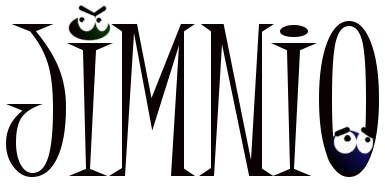WHAT IS A LOGO?
A logo is the graphic symbol that represents a person, company or organization. If the logo is well-known enough, such as the Nike swoosh, you may even see a logo used without the name of the business that it is associated with. Normally, most marks have a typographic part that more clearly spells out the name of the organization.
What is a wordmark or logotype?
A logo can also be purely typographic. It is called a logotype or wordmark when only the letters of the name make up to the logo (there is no additional symbol). A great example is Coca-Cola’s red scripty type. Some people also refer to the logomark as the word portion of a logo that also has a symbol.
Sometimes the graphic symbol and typographic word mark are very separate (see the logo for Retail Association of Maine). With other logo designs, there is not a clear separation of logo symbol from typography, (see the Maine Auto Service logo).
WHAT IS A BRAND IDENTITY?
Once a logo has been designed it gets applied to many different applications. These can be as simple as the logo placed in the top center of a piece of paper and calling it letterhead. If all you do is essentially rubber-stamp your logo onto different things, you really have not developed a full brand identity.
A brand identity is the larger, distinct visual look that is associated with a company. Read here about 8 Essential Elements to a Comprehensive Brand Identity. That is a brief overview of the elements that can be put together to make your brand’s identity more robust than just a logo.
When a brand identity really works, you should be able to recognize the brand even if you don’t see the logo. For example, Netflix’s red envelope is a simple yet powerful example of a brand identity.
Many people have heard about the importance of using their logo consistently. But there should be a consistency to elements beyond your logo.
The tricky thing is that while your logo is unfailingly unchangeable, your brand identity must have both consistency and flexibility. Creating a brand identity that is distinct yet varies based on it’s form, is a challenge but can big dividends in your brand’s value. The elements that can be part of a full brand identity could be fonts, colors, imagery, and even the voice of the writing.
WHAT IS A BRAND?
What is included under the term brand is much harder to define. It certainly encompasses the logo and the full visual position created by a strong brand identity. But it also includes many other areas that are not part of the strict design side of a business. These may include your content, messaging and story telling. Customer service and the client experience also a part of a brand. The idea of a reputation is a critical part of defining the word brand. Some people summarize this into the very abstract idea of a promise.
You will also hear some people (including me) use the word brand almost interchangeably with company or organization. It can be a way to talk about product or service; individual or organization; company or non-profit without getting caught up in listing all those particulars. For example, people will say: “A great way to promote your brand is using social media.”
I like to think of a brand as a combination of how you define and promote yourself and how others define and view you. You never have complete control over your brand because it is not wholly generated internally.
What definitions do you like for the term brand?
– See more at: https://www.visiblelogic.com/blog/2013/02/logo-brand-identity-brand-what-is-branding/#sthash.mwwquPJI.dpuf


